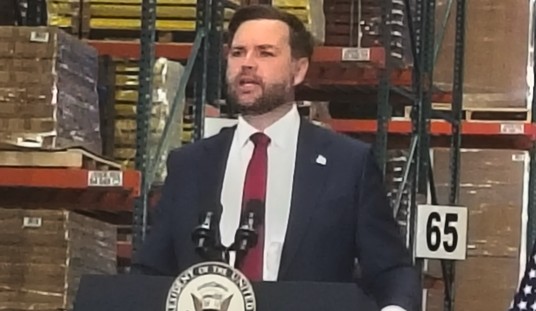On Tuesday afternoon Kenosha County District Attorney Michael Graveley announced his decision that his office would not file criminal charges against Kenosha Police Officer Rusten Shesky in connection with the shooting by Shesky of Jacob Blake on August 23, 2020. Blake was left paralyzed from the waist down by the shooting, which was captured on a cell phone video from across the street, and the video spread widely on the internet in the hours following the shooting.
In making his announcement, Gravely stated that his office had employed an independent “use of force” expert as well as the Wisconsin Department of Justice. His decision was based on an analysis of how a trial on any charges would likely develop, and the “privilege of force” defense that would likely be available to Officer Shesky.
As night fell on August 23, protests broke out throughout the City of Kenosha. On August 24, protests over the shooting turned into widespread looting, violence, and property destruction beyond the ability of local law enforcement to control, and Kenosha was essentially lawless for many hours.
In anticipation of a third night of violence — fueled largely by outside agitators who traveled from Chicago and Milwaukee — with the potential effectiveness of local police still an open question, armed citizens from outside Kenosha came to help defend private property from the rioting. During the evening on August 25 is when Kyle Rittenhouse was cornered and assaulted by protestors and used the rifle he was carrying in self-defense, killing two and wounding another.
On the 23rd, Shesky and two other officers had been called to the scene of a domestic disturbance by Blake’s girlfriend with whom he had three children. When the police arrived, Blake had the children inside a vehicle that was parked at the curb next to his girlfriend’s house.
Six weeks prior to the incident, an arrest warrant was issued for Blake, and the underlying charges are reported to be sexual assault, trespassing, and disorderly conduct connected to domestic abuse.
What became known from the preliminary investigation that followed was that the officers who arrived at the scene were advised by the dispatcher of Blake’s identity and that Blake had one or more outstanding felony warrants for his arrest connected to a sex assault charge that had been filed against him by his girlfriend two months earlier. From the moment they arrived the police were obligated by law to arrest Blake on the outstanding warrants regardless of what Blake said or did after they arrived. He was going to jail no matter what.
Blake engaged in a physical struggle with the officers to avoid being arrested, and was able to break away at one point from three officers who were attempting to control him. He ignored their oral commands to stop and walked around the front of his car to the driver’s side door which he then opened. At that point the officer who ended up firing the shots was still trying to pull Blake away from the open car. When he was unable to do so he fired seven rounds as Blake was leaning inside the open door.
As mentioned, Blake had outstanding felony arrests and he was not going to be allowed to enter the vehicle and drive away. No hackneyed social justice warrior concept of “de-escalation” reflecting “new age” policing was going to allow that outcome. The police were not going to stand at the side of the car and attempt to “talk” Blake into complying — not after just having engaged in a physical struggle with him during which he continually refused to obey their lawful commands. A “warrant’ is an order from a judge that commands a law enforcement officer to bring the person named in the warrant to court. The police officers do not possess “discretion” when it comes to taking someone with a warrant into custody.
The Wisconsin Department of Justice stated in its preliminary investigation that in the immediate aftermath of the shooting Blake admitted that he had a knife. Investigators reported finding a knife on the driver’s side floorboard of the vehicle.
Howls of outrage and protest at the decision announced today do not change the basic facts of the incident which resulted in today’s announcement.
Blake was going to be arrested by the officers on August 33. He had a warrant, and he may have been in violation of an existing protective order taken out by his girlfriend.
He was actively engaged in resisting a lawful arrest and was fighting with the officers.
He either actually possessed the knife that was found in his car, or he was gaining access to the area where the knife was located. When Officer Shesky realized that Blake constituted an imminent threat of great bodily injury to Officer Shesky or others, he had the lawful right to respond to that threat with deadly force.
Today’s decision reinforces the principle that police officers are not obligated to allow criminals to actually access and use deadly force against them before they can respond to neutralize such a threat.
At least that is the law for now.















Join the conversation as a VIP Member